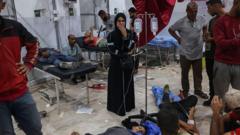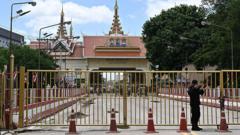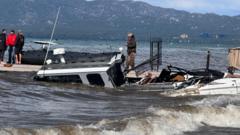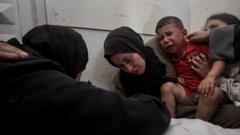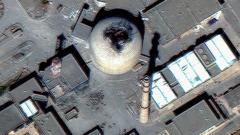Seven days after a devastating earthquake struck Myanmar, international volunteers faced delays in providing aid due to governmental restrictions. While the official death toll exceeds 3,500, aid groups assess the situation as hampered by fear and military actions, complicating relief efforts.
Earthquake Aftermath in Myanmar Raises Urgent Concerns for Relief Efforts

Earthquake Aftermath in Myanmar Raises Urgent Concerns for Relief Efforts
As Myanmar grapples with the devastation from a recent earthquake, criticism mounts against the military government for impeding crucial aid to affected areas.
People are sifting through the wreckage of collapsed structures in Naypyidaw, Myanmar, following a catastrophic earthquake that has left the nation reeling. International volunteers, who rushed to assist in the aftermath, faced significant hurdles at immigration control in Yangon, where they were detained for over a day before finally being permitted entry—only to find that search and rescue operations had been declared over the next day. Consequently, these volunteers left without locating any survivors.
Remarkably, Myanmar's military government unexpectedly requested international support in light of the March 28 earthquake and even announced a cease-fire aimed at stopping ongoing hostilities in a prolonged civil conflict. However, less than two weeks post-disaster, multiple aid organizations and volunteer groups voiced concerns that essential relief was not reaching the affected population swiftly enough, attributing these delays to limitations imposed by the military junta.
Sezer Ozgan, a volunteer from the French nonprofit L’Espoir du peuple A.R.S.I., expressed frustrations with the chaotic conditions, indicating that the logistical situation on the ground was deeply troubling. With a country already ravaged by civil strife, this earthquake, often referred to as "earth's anger," has exacerbated the crisis, leading to a confirmed death toll surpassing 3,500 and many more injuries. The full scope of the destruction remains difficult to quantify due to compromised infrastructure, including damaged roads and downed communication systems.




